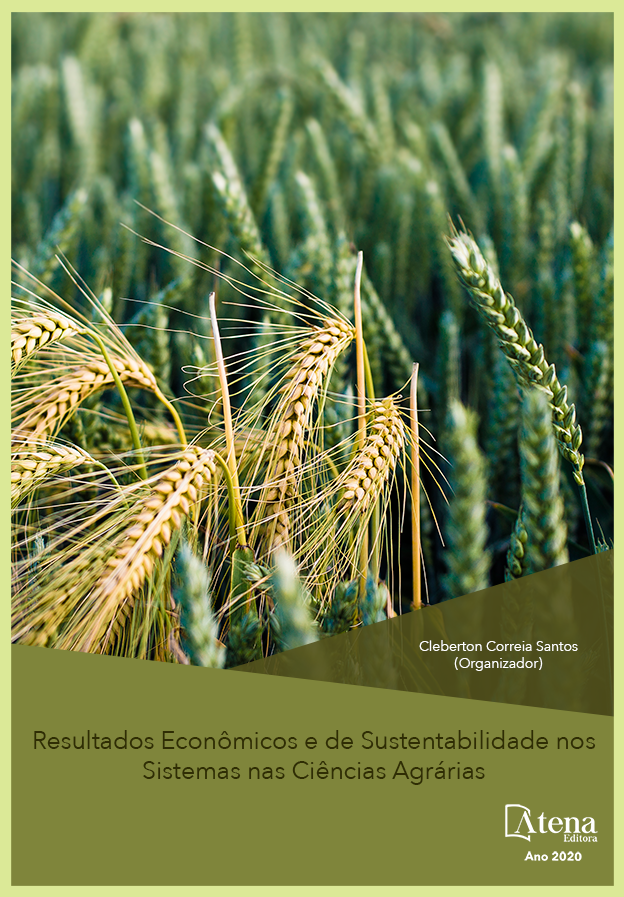
ENSAYOS PRELIMINARES EN LA SÍNTESIS VERDE DE NANOPARTÍCULAS DE PLATA CON EXTRACTOS DE YERBA MATE (Ilex paraguarienis)
El objetivo del presente trabajo fue ensayar la capacidad reductora de extractos de hojas y palos de yerba mate en la síntesis de nanopartículas de plata (AgNPs). Las muestras de palos y hojas se obtuvieron a partir de yerba mate canchada. La bio-reducción de los iones plata fue monitoreada por espectroscopia UV-Visible en el medio de reacción original y en las AgNPs parcialmente purificadas, en un rango de longitudes de onda desde 350 a 600 nm. Todas las experiencias se realizaron al abrigo de la luz. El registro de los espectros mostró un amplio pico de absorción a una longitud de onda aproximada de 450 nm que se desplazó ligeramente en función del tiempo de reacción y de la concentración del extracto. Los cambios de color del medio de reacción fueron similares a los descriptos en bibliografía para la biosíntesis de AgNPs. Los resultados obtenidos indican que la longitud de onda de máxima absorción y su desplazamiento en función del tiempo de reacción se pueden asignar a la resonancia plasmónica de las AgNPs y que una menor concentración de principios activos en los palos causa las diferencias en los valores de absorbancia observados. La caracterización de las AgNPs fue realizada por microscopía electrónica de barrido (SEM) para confirmar su tamaño nanométrico.
ENSAYOS PRELIMINARES EN LA SÍNTESIS VERDE DE NANOPARTÍCULAS DE PLATA CON EXTRACTOS DE YERBA MATE (Ilex paraguarienis)
-
DOI: 10.22533/at.ed.99920260816
-
Palavras-chave: Nanopartículas, Plata, Síntesis, Extractos, Yerba-mate
-
Keywords: Nanoparticles, Silver, Synthesis, Extracts, Yerba-mate
-
Abstract:
The objective of the present work was to test the reducing capacity of extracts of yerba mate leaves and sticks in the synthesis of silver nanoparticles (AgNPs). The stick and leaf samples were obtained from dried minced yerba mate. The bio-reduction of silver ions was monitored by UV-Visible spectroscopy in the original medium and in the partially purified AgNPs, in a wavelength range from 350 to 600 nm. All experiences were carried out protected from light. The recording of the spectra showed a broad absorption peak at a wavelength of approximately 450 nm, which shifted slightly depending on the reaction time and the concentration of the extract. The changes in the color of the reaction medium were similar to those described in the literature for AgNPs biosynthesis. The results obtained indicate that the wavelength of maximum absorption and its displacement as a function of reaction time can be assigned to the plasmonic resonance of the AgNPs and that a lower concentration of active principles in the sticks causes the differences in the observed absorbance values. To confirm the nanometric size of the AgNPs, the characterization of synthetized particles was carried out by scanning electron microscopy (SEM).
-
Número de páginas: 9
- Mónica Mariela Covinich
- David Leopoldo Brusilovsky
- Griselda Patricia Scipioni


